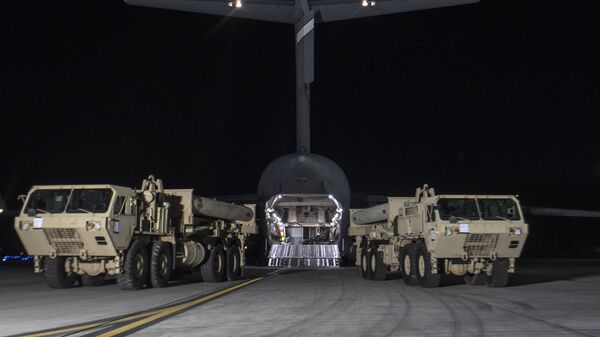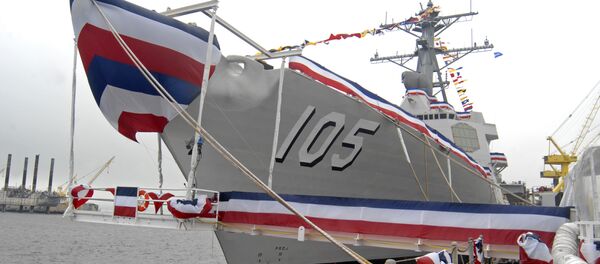Cheolmae-2 is a medium-range surface-to-air missile (M-SAM) with hit-to-kill capabilities, meaning it strikes missiles out of the air with missiles of its own. It impressed Korean military observers in a recent test, where it successfully shot down five out of five dummy ballistic missiles. According to Yonhap, the Cheolmae-2 can strike missiles from 12-25 miles in the air, allowing for low-altitude missile interception.
The interceptors will begin construction later this year, although the exact date has not been released. They will then be deployed sometime in 2019, with a full missile shield intended to be implemented by 2020.
"The prototype of the M-SAM (missile) to intercept an enemy's ballistic missile was rated fit for combat operation by meeting all the requirements at a test early this month," a military official told them. This is two months ahead of schedule.
The missile will be the centerpiece of the Korea Air and Missile Defense System (KAMD), meant to shoot down potential attacks from North Korea. South Korea has set a record high in defense spending to improve their position against their neighbors: $38.7 billion.
But North Korean missile technology is advancing at a faster-than-ever rate, with weekly missile tests consistently ratcheting up the tension between the two Koreas- not to mention other players such as the China, Japan, Russia, and the United States.
On June 7, new liberal South Korean president Moon Jae-in announced that the ROK would be suspending development of the Terminal High Altitude Air Defense (THAAD) system that the previous government authorized the Americans to build.
The official reasoning behind the suspension was so that the government can conduct an environmental assessment of the system's deployment, but many suspect that it is a stalling tactic meant to placate China, which has threatened sanctions against Seoul for accepting the system.
"My order for a probe on THAAD is purely a domestic measure and I want to be clear that it is not about trying to change the existing decision or sending a message to the United States," Moon told US Senator Dick Durbin (D-IL) in late May.
Without the THAAD fully deployed, South Korea's defenses against high-altitude missile strikes is limited. The assessment could take as much as a year, but President Moon said that the THAAD's deployment was not "urgent enough" to bypass such an assessment. A Korean-made high-altitude missile interceptor is under development.



